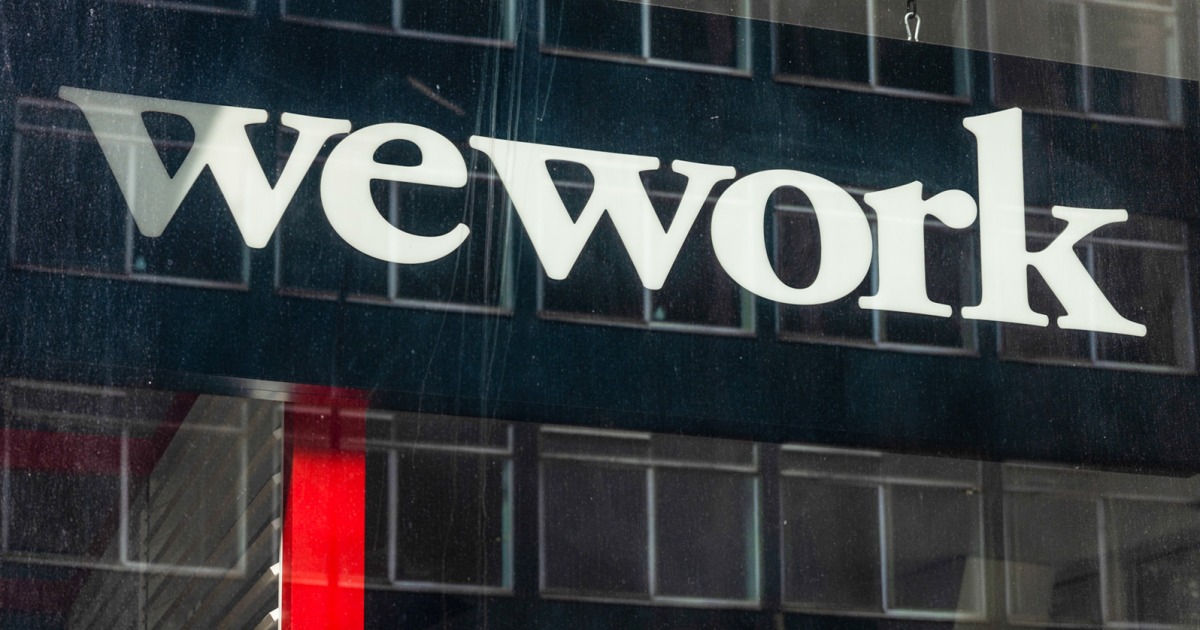Four years ago, WeWork was on the verge of going public and becoming a major success story. Fast forward to today, and the company is facing the possibility of bankruptcy. WeWork recently filed a report with the SEC, stating that their losses and negative cash flows are casting doubt on their ability to continue operating.
It’s a shocking turn of events for a company that was once valued at $40 billion by SoftBank. WeWork’s brand was prominent in commercial buildings worldwide. However, the combination of the Covid-19 pandemic and the subsequent economic downturn has left WeWork drowning in debt and struggling to generate cash. Many businesses chose to transition to remote work, resulting in a mass exodus from their WeWork leases.
In light of the dire circumstances, WeWork is exploring all possible options to improve its liquidity position and operational profitability. This includes considering debt restructuring, seeking additional capital, reducing business activities, selling assets, and even potentially seeking relief under the U.S. Bankruptcy Code.
The company’s stock has plummeted, trading at less than $1 since March. Just recently, it experienced a 26% drop in extended trading, with a market cap now at just under $500 million.
WeWork’s financial woes are evident in its net losses of $700 million in the first half of this year, following a staggering loss of $2.3 billion in 2022. As of June 30th, the company had $205 million in cash and equivalents, with total liquidity reaching $680 million. However, it is burdened with $2.91 billion in long-term debt.
WeWork’s journey to this point has been fraught with challenges. In 2019, the company initially tried to go public, only to face severe criticism for their excessive spending, risks, and the complex relationship of founder Adam Neumann within the organization. The IPO never materialized, and SoftBank stepped in to take majority control of WeWork in a $5 billion financing deal. Neumann was ultimately ousted as CEO.
In 2021, WeWork finally managed to go public through a merger with a special purpose acquisition company (SPAC). However, the company’s revenues grew by a mere 3.6% year-over-year in the second quarter, with a 4% decline in the U.S., which accounts for 41% of its overall sales. Economic conditions, including the departure of members, have led to a decrease in revenue and cash flow, exacerbating WeWork’s difficulties. Notably, even SoftBank reduced its contributions to WeWork’s revenue.
The future of WeWork hinges on several critical factors, such as limiting capital expenditures, increasing revenue, and securing capital through debt or equity issuance. However, the company is currently grappling with internal conflicts, with three board members resigning due to disagreements regarding board governance and strategic direction.
Amidst all the turmoil, WeWork is actively seeking a permanent leader. The CEO, Sandeep Mathrani, is set to step down, and David Tolley, a former finance chief at Intelsat, will serve as interim CEO.
This rapid rise and fall of WeWork has captured public attention, and a miniseries called “WeCrashed,” detailing the company’s trajectory, debuted on Apple TV+ last year.
Denial of responsibility! VigourTimes is an automatic aggregator of Global media. In each content, the hyperlink to the primary source is specified. All trademarks belong to their rightful owners, and all materials to their authors. For any complaint, please reach us at – [email protected]. We will take necessary action within 24 hours.


